Culture Vulture Challenge

I promised that I accept the challenge from @eroche, so let's start!
I'm Mher Davtyan, I'm from Armenia and live in a small town called Artik.
In the beginning I suggest watching a video where my friends, Narek and Babken, showed the "modest beauty" of my town.
----------------------------------------------------------------------------------------------------
Considering that, the challenge is connected with tourism and culture, in this post I will talk about the oldest churches in my town that were built in the 5-7th century (I hope that many people will be interested in this and if these people have a desire to look at all this in real I'm glad to take them on a visit to our town), but first I will briefly tell about the history of the adoption of Christianity in my country so that you understand from where such old churches.
Armenia became the first country in the world, adopting Christianity in the government of the state, long before Byzantium and Georgia. This happened in 301, during the reign of King Trdat III, thanks to the activities of Gregory I the Illuminator. In 302, he became the First Patriarch and Catholicos of all Armenians. Later he was ranked as a saint. The Bible was translated into Armenian in the 5th century.
----------------------------------------------------------------------------------------------------
In my Artik town three churches were built from 6th to 7th centuries:
The Church of St. Gregory
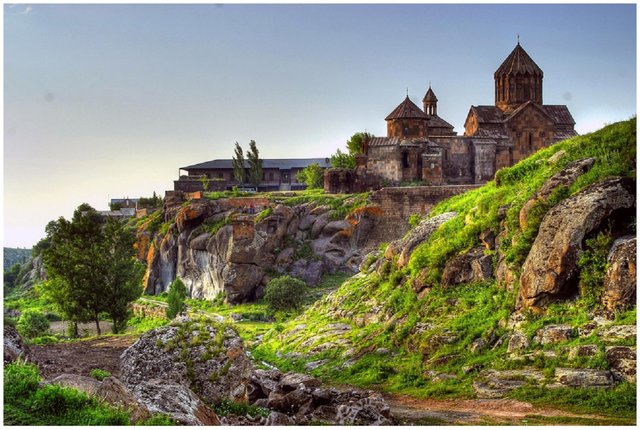
The oldest building of the complex dates back to the 7th century. St. Gregory built under the architectural influence of the Church of Mastara. The ruins of a one-nave church of the 5th century are also preserved. The center of the architectural complex consists of two churches and a porch. The main church of St. Astvatsatsin (Virgin) was built in 1201 by Inave and Zakare Zakarians. According to the architecture of the monastery the cruciform domed hall with 4 two-story aisles, the dome drum is decorated with carved columns. The church is decorated with a twenty-corner drum with triple columns on the edges. This style was later developed in the Gandzasar temple. The cross-shaped facades of the church are decorated with rich ornaments, serpentine reliefs with a female head with a crown, pigeons, etc, and a stone model of the temple is placed on the western pliers.
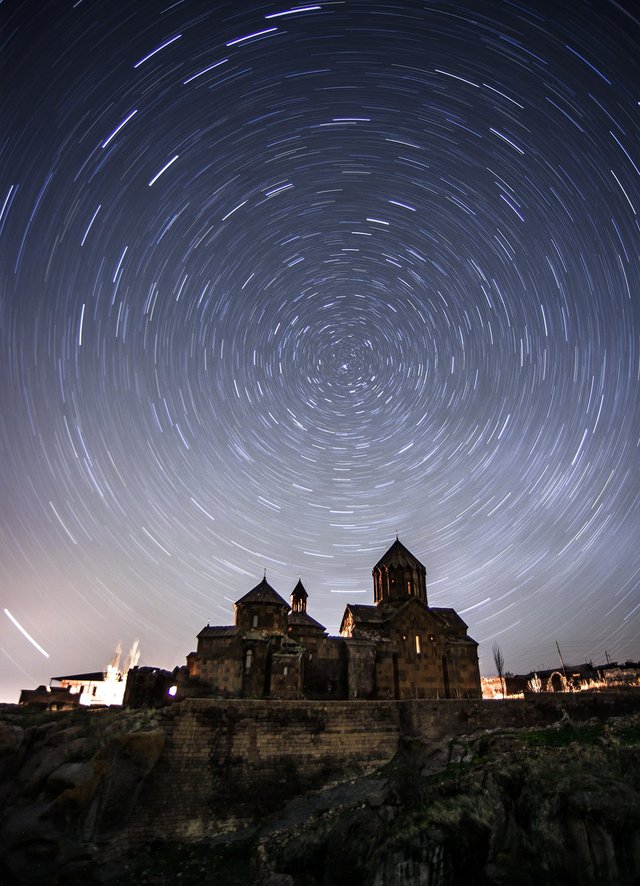
The Church of St. Gregory at night.
The Church of St. Stepanos
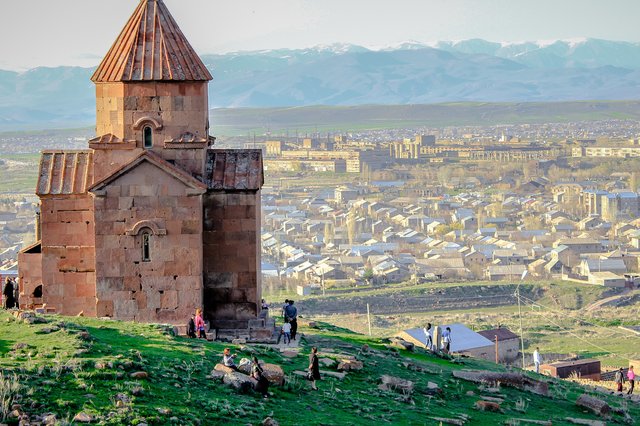
The church is located to the south-west from Artik. In historical chronicles there is no information about the period when the monastery was founded. But as shown by the archaeological analysis, the church of St. Stepanos was erected in the 6 - 7th centuries.
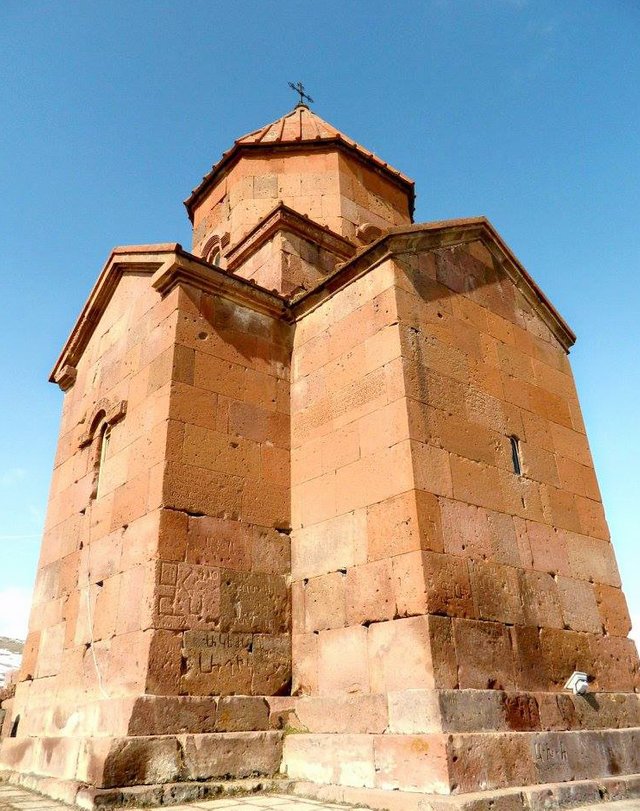
Built from a smoothly carved tuff, the church is a small cross-domed structure with an octagonal dome. The most remarkable architectural elements are the main altar without a window, the north and south wing of a rectangular layout and an arch. According to the surviving inscriptions, the dome of the church was restored in the 10th century.
The Church of St. Gevorg
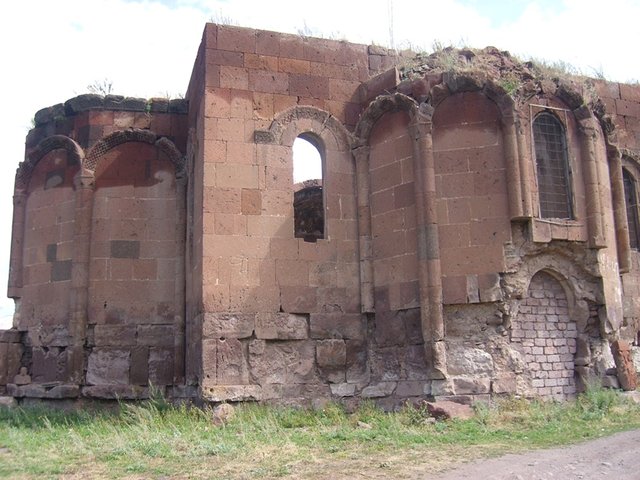
The church dates back to the middle of the 7th century. It is a cruciform in the plan, a central dome structure that looks like the Mastara church.
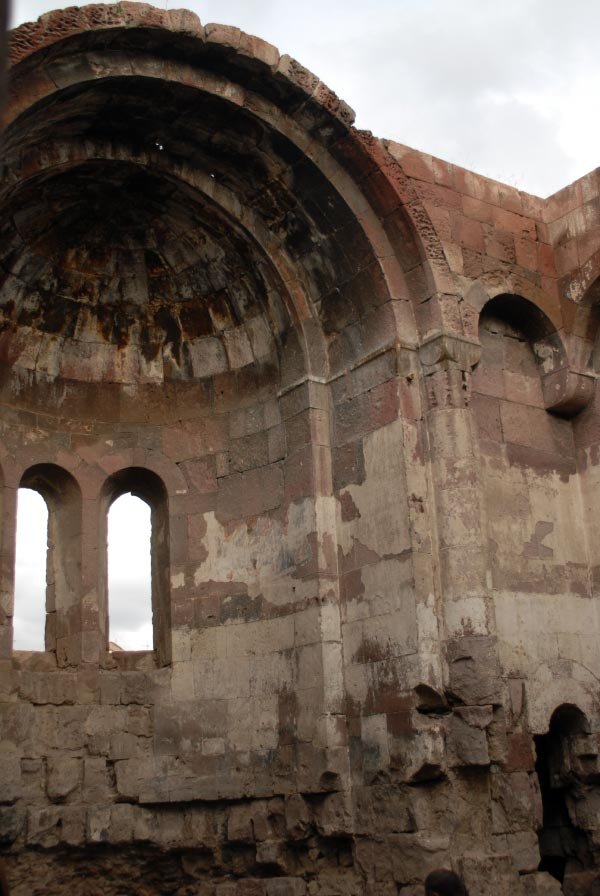
On both sides of the eastern apse there are square sacristies in the plan, in the eastern wall of which there are small niches. The square of the prayer hall was covered with a faceted dome, which reached us in a destroyed state. In the church there are two entrances: the western one - the main and the southern one. The northern wing in the interior and outwardly in plan semi-circular, the other wings of the cross - in the interior are semicircular, but externally multifaceted. The triangular apse is illuminated by three eastern windows. The surface of the eastern facade of the church is underlined by two niches flanked by a pair of pilasters. The north and west facades are quite similar: the corners of the faces are underlined by a pair of decorative pilasters. In the thickness of the powerful wall of the north wing of the cross - steps.
The St. Gevorg church was erected with pure hewn stones of pink artic tuff. The inscriptions on the walls were not preserved. The pilasters' capitals and the crowns of the windows are decorated with relief ornament in the form of brushes and leaves of grapes, pomegranate, palmettes, etc. The church has been restored many times.
The photos by Abraham Abrahamyan, Gevorg Gosalmyan, Davit Petoyan and me.
Very interesting. Thank you for sharing.
Thank you for taking part in this months #culturevulture competition. Good Luck
@cleemit great post. Armenia is a country I had always wanted to visit.
Very interesting detail about the churches and Christianity as the state religion. I learned on Saturday that in 220 AD there was a Christian King of Ireland but the country was pagan at the time and he never tried to covert it or make it the state religion.
I will make some posts about Armenia, I promise it will be very interesting too : )
Fantastic.
Great pictures and interesting history. Thanks for sharing.